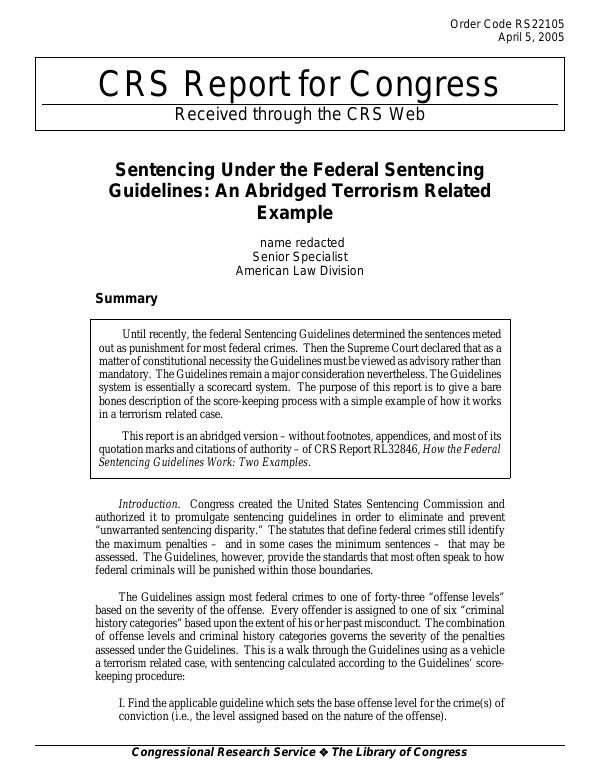

However, based on patient perspectives and needs, there are certain competencies that all health professionals should possess, regardless of their title or discipline. The five core competencies are not discipline-specific and each profession will have its own way of operationalizing such competencies in practice. The committee recognizes that each of the disciplines has its own contribution and unique skills to bring to patient care-this is what makes the professions unique and valuable.

(See Table 3-1 for how the competencies address the 10 rules.) However, the committee believes the five competencies set forth in this report are most relevant across the clinical disciplines and best advance the 10 rules envisioned in the Quality Chasm report. The committee recognizes that there are many other competencies that health professionals should posses, such as a commitment to lifelong learning. The five competencies are meant to be core and span the professions but are not intended as an exhaustive list. Nursing groups and some physicians cautioned against including only competencies that can be measured, such as those based on technical skills, as opposed to those that rely more on cognitive and critical thinking and difficult-to-assess interpersonal skills (Benner, 1982 Epstein and Hundert, 2002).
#Abridge sentences how to#
Debates centered on how to evaluate competency, focusing on the reliability, validity, and predictive ability of related measures. One such major effort was undertaken by the Pew Health Professions Commission, which in 1992 articulated 17 competencies for future clinicians (O'Neil, 1992) and later expanded the list to 21 (Lenburg et al., 1999 O'Neil and the Pew Health Professions Commission, 1998).

#Abridge sentences professional#
Many such efforts have emerged from the educational arena, both professional educational organizations and accreditation bodies, as well as from specialized private commissions, in response to the need to prepare the workforce adequately for the changing practice environment (ABIM Foundation, 2002 American Association of Medical Colleges, 2001 Brady et al., 2001 Center for the Advancement of Pharmaceutical Education Advisory Panel on Educational Outcomes, 1998 Halpern et al., 2001 O'Neil and the Pew Health Professions Commission, 1998). The committee supplemented these groupings with a review of other seminal reform efforts that have articulated core competencies across or within the health professions. The summit committee used this list of skills and the vision set forth in the Quality Chasm report as the foundation for its work, combining the list of skills into common groupings. Thus in the chapter “Preparing the Workforce,” they identified the key skills required by all health professionals to implement these new rules in the changing health care environment. The authors of the Quality Chasm report also foresaw that health professionals would have to perform differently to meet these rules. Health professionals should provide care whenever patients need it and in many forms, not just face-to-face visits. Care is based on continuous healing relationships. Ten Rules of Performance in a Redesigned Health Care System. To this end, the committee proposes a set of simple, core competencies that all health clinicians should possess, regardless of their discipline, to meet the needs of the 21st-century health care system: The committee recommends the following as an overarching vision for all programs and institutions engaged in the education of health professionals:Īll health professionals should be educated to deliver patient-centered care as members of an interdisciplinary team, emphasizing evidence-based practice, quality improvement approaches, and informatics. Preparing health care professionals to take on this task requires a common vision across the professions centered on a commitment to, first and foremost, meeting patients’ needs as envisioned in the Quality Chasm report (Institute of Medicine, 2001). At the heart of such systems are the skilled health care professionals without whom such a redesign could not take place. Addressing the challenges outlined in Chapter 2 will require profound changes in how health systems are designed.


 0 kommentar(er)
0 kommentar(er)
